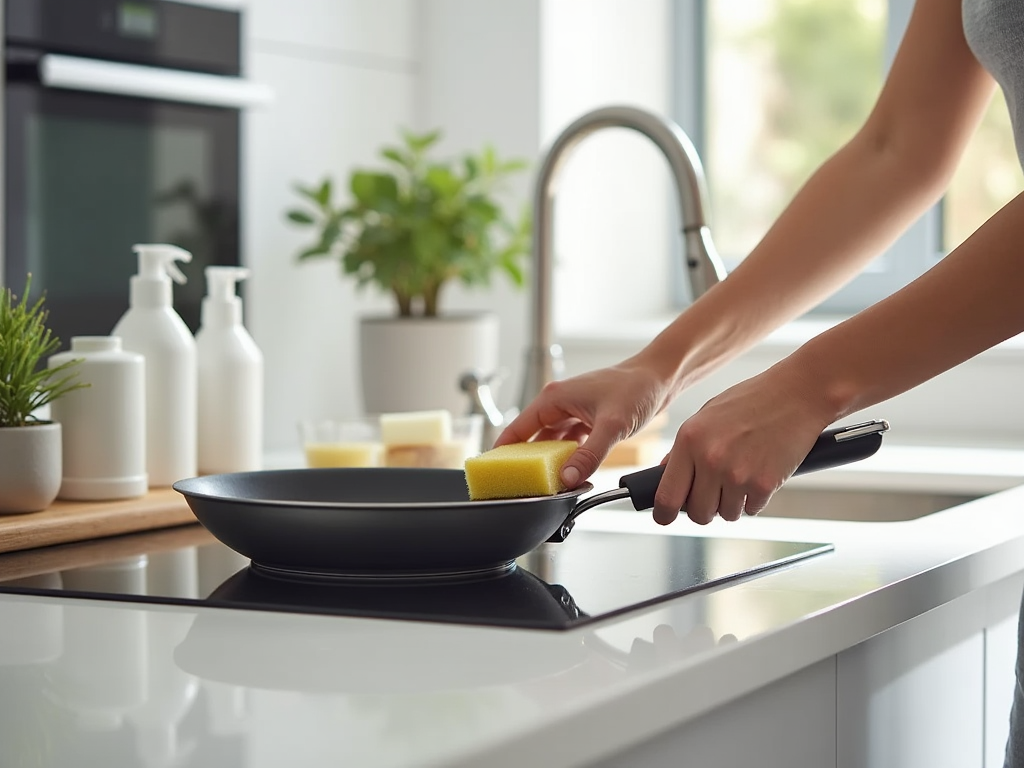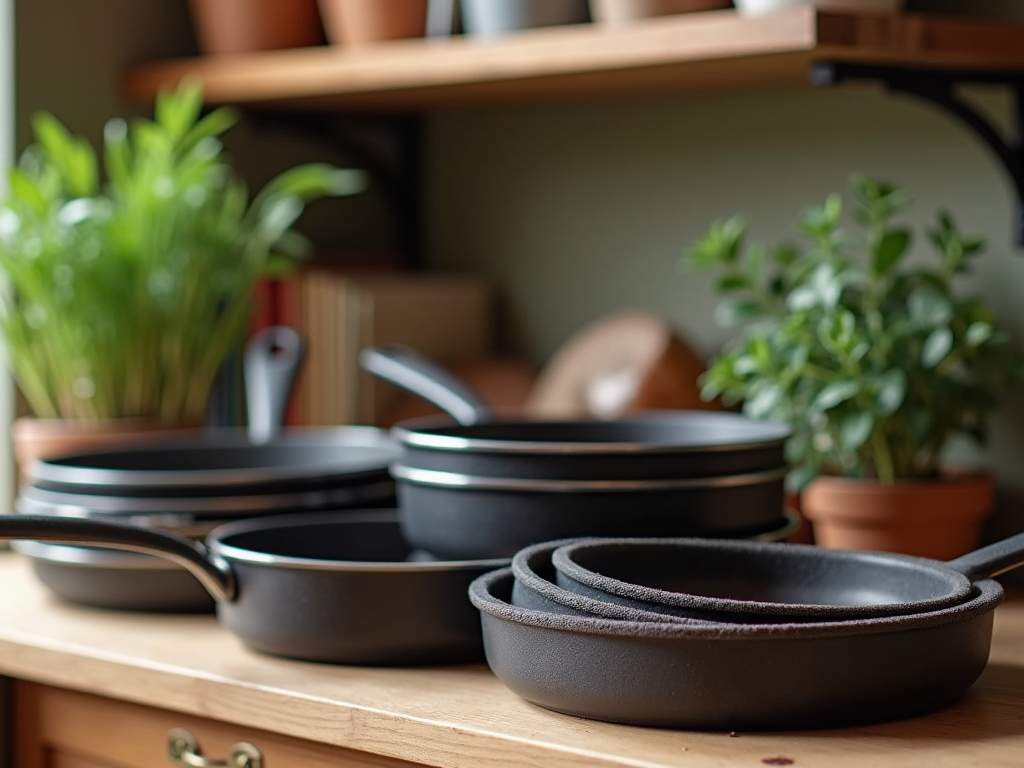In the modern kitchen, nonstick pans are more than just convenience items; they are essential tools that streamline the cooking process. However, many users overlook the critical aspect of proper maintenance, which is key to ensuring these pans serve you well over the years. With the right cleaning techniques, not only can you keep your nonstick pans looking new, but you can also enhance their cooking performance and longevity. Cooking becomes a more enjoyable experience when you know your cookware is well-maintained. Let’s explore the best practices for cleaning and caring for your nonstick cookware, to maximize its life and functionality. Your investment in quality kitchenware deserves the utmost care.
Understanding Nonstick Cookware

Nonstick cookware is designed to make cooking easier and healthier by reducing the amount of oil needed for cooking. But did you know that the material used to create the nonstick surface is delicate and requires specific cleaning methods? Using abrasive sponges or harsh chemicals can irreparably damage the surface, leading to a diminished cooking experience. Learning how to treat your nonstick pans with care not only preserves their performance but also protects them from premature wear and tear. Being informed about the unique properties of these materials will empower you to make better decisions in your kitchen. A little knowledge can go a long way, ultimately saving you money and enhancing your cooking adventures.
Importance of Proper Cleaning Techniques

Cleaning your nonstick pans properly is pivotal to their longevity. Unlike stainless steel or cast iron, nonstick surfaces are sensitive to heat and cleaning methods. By understanding the importance of using gentler cleaning solutions, you can avoid damage. Investing a few extra moments into cleaning can drastically impact your cookware’s lifespan, making this an important routine to establish. Additionally, adhering to proper washing techniques can help maintain the flavor integrity of your food, as residues from improperly cleaned pans can alter taste. When you take great care of your nonstick cookware, it pays off in performance and durability.
Recommended Cleaning Supplies
Before embarking on the cleaning process, it’s crucial to gather the right supplies. Here’s a list of recommended products to ensure optimal care for your nonstick pans:
- Soft Sponges: These prevent scratches and preserve the integrity of the nonstick surface.
- Mild Detergent: A gentle dish soap is essential to remove grease without damaging the coating.
- Baking Soda: An excellent natural abrasive for stubborn spots while being safe for nonstick surfaces.
- Dishcloth or Paper Towels: For effective drying and wiping without leaving fibers behind.
Step-by-Step Cleaning Process
Cleaning your nonstick pans can be streamlined into a simple process. Begin with the basics and advance as needed for tougher stains:
- Allow Your Pan to Cool: This prevents warping and is crucial for your safety.
- Gentle Washing: Use warm water and mild detergent to wash your pan, avoiding harsh scrubbers.
- Remove Stubborn Residue: For stubborn stains, sprinkle baking soda on the affected area and gently scrub with a soft sponge.
- Rinse Thoroughly: Ensure all soap or baking soda residue is rinsed away to avoid any film.
- Dry Completely: Use a dishcloth or paper towel for thorough drying before storage.
| Cleaning Method | Pros | Cons |
|---|---|---|
| Warm Soapy Water | Gentle on surfaces; effective for daily cleaning. | Doesn’t remove tougher stains without scrubbing. |
| Baking Soda Paste | Natural abrasive; great for tough stains. | Requires scrubbing, which can possibly wear down the coating. |
| Vinegar Solution | Disinfects; removes odors. | Must be rinsed thoroughly; acidity can be damaging if used frequently. |
Tips to Extend the Life of Your Nonstick Pans
Alongside cleaning, consider these additional tips to keep your nonstick cookware in excellent condition:
- Use Low to Medium Heat: High temperatures can warp the nonstick coating, shortening its life.
- Avoid Metal Utensils: Stick to silicone or wooden utensils to prevent scratching.
- Store Wisely: Use protective liners when stacking to avoid scratches and damage.
Conclusion
Maintaining the cleanliness and integrity of your nonstick pans is vital for their longevity and performance. By adopting the outlined cleaning methods and proactive care tips, you can protect your investment in quality cookware. As you incorporate these practices into your routine, you’ll notice not only the visual appeal of your cookware but also experience improved cooking results. Proper care helps ensure that these beloved kitchen essentials serve you well for years to come, turning the cooking process into a seamless and enjoyable experience. Remember, with great cookware comes great responsibility, so give your nonstick pans the treatment they deserve.
Frequently Asked Questions
- Can I put my nonstick pans in the dishwasher? It’s generally not recommended, as the harsh dishwasher detergents can damage the nonstick coating.
- What should I do if my nonstick pan is scratched? If the coating is severely scratched, it’s best to replace the pan to avoid potential health risks.
- Is it safe to use cooking spray on nonstick pans? While light use is generally fine, excessive cooking spray can build up and affect the pan’s performance.
- How often should I clean my nonstick pans? Clean your pans after each use to maintain optimal performance and hygiene.
- What if my pan has discoloration? Discoloration can occur over time but usually doesn’t affect the pan’s functionality. Regular cleaning should help minimize this.